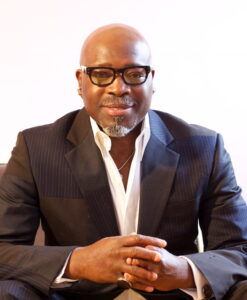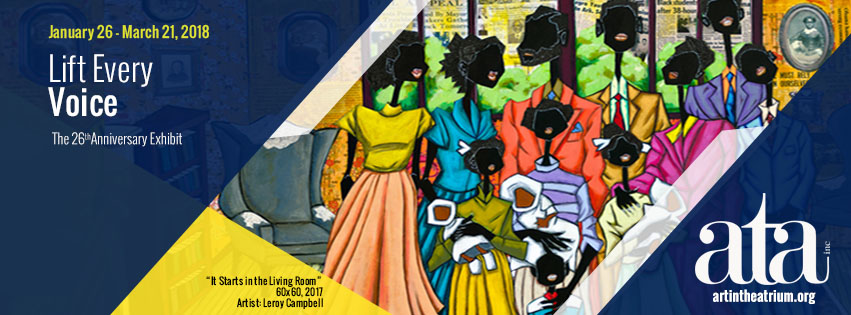
Celebrated Artist, Leroy Campbell
Charleston, South Carolina native, Leroy Campbell’s art speaks of the contributions to humanity through the African American perspective. More than just art, each piece serves as Campbell’s tithe, as he uses his gifts and talents to teach others about the richness of the Gullah/ Geechee heritage and the beauty of his people.
Leroy Campbell describes humanity like a garden. In the 1300s Native Americans invented a system of gardening called “Three Sisters,” which involved strategically planting corn, beans, and squash together. The corn provides support and structure for the beans to grow. While the beans pull nitrogen from the air, returning it to the soil and enriching all the plants. The squash, planted at the base, spreads its large leaves, which offer shade and protection, keeping the soil moist and cool. When each of the plants is whole and thriving and healthy, it is able to reach its full potential and contribute to the garden. If one of the plants becomes sick, it affects the balance of the garden.
Master gardener, painter, storyteller, and lover of souls, Leroy Campbell paints a beautiful hope for humanity through his art and through his words. In telling the stories he knows best, he is offering the wisdom and lessons of the elders as a gift to us all. As part of the human experience, we are all searching for our place in the garden, our purpose, our connection, our significance in this world. Those stories are the most powerful gifts in the universe as they provide a sense of self and a foundation of wisdom based on patience, love, and discernment. Campbell’s vision is of a healthy garden, where each is whole, liberated and validated, where people are free to love who they are and in turn nurture others around them.
Leroy Campbell’s paintings, infused with history, tie the past to the present in the practice of sankofa, the understanding that you can’t more forward until you receive the lessons of the past. The vulnerability of his art, his soul, his ability to tell a story through the use of acrylic, paper, tapestries, and organic materials, creates an opportunity for conversation, for something real, for the human connection that we are all desperately seeking.

